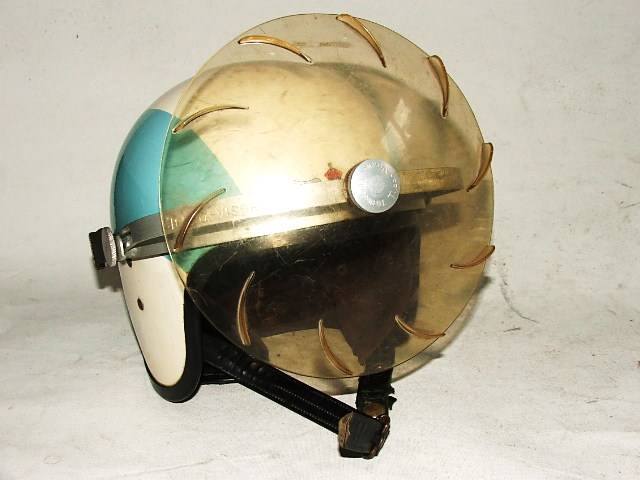The Goodwood Festival of Speed is an annual Hill Climb featuring historic motor racing vehicles held in the grounds of Goodwood House West Sussex, England in late June or early July; the event is scheduled to avoid clashing with the Formula 1 season, enabling fans to see F1 machines as well as cars and motorbikes from motor racing history […]
Tag Archives: vincent
Well, just as you think there cant be anything else out there that will make my eyes open wide, my mouth hit the floor and just stand there trembling, but there most definatly is a really cool Museum that I hope to visit sometime, I used to live in Australia and loved the whole place, […]
Construction of Ace Cafe Orlando Rolls Toward Spring 2017 Opening. It’s the first North American outpost of the world’s most celebrated London-based motor-diner. The new destination in Central Florida Will Feature full-Service restaurant, bars, live music Stages, retail Stores, dealership, gallery and more…Construction workers are in high gear completing the 35,000-square-foot parcel bringing more than 175 new […]
Wow- Monday already and I guess it was a hard start for you lot today as it was for me too, and I think today I shall continue with a few more videos to try and help your workday fly by, or at least give you something different to look at on your lunch break […]
Well, every now and again I will post some articles or some video of the Rockers etc back from where i was born in London as people ask me about the History of the Ton Up Cafe Racers. So here are a few videos for you to tide you over the weekend. Have fun on […]
Hey gang Wednesday and as its hump day, I thought i would try and show some of the Trumpys that are going to be seen on the Tarmac in 2016.. I am happy to say that they have such a great set up now and needed it to be honest, as the suspension is just […]
HOW THE CLUB BEGAN This is an article published about Father Bill when he passed away and his own words on the start of the club, It describes our first links with the ACE and how they are part of our history with few words by an early member Palladin My Memories of Father Bill […]
As a kid, I used to think that this was nuts even then and now, well how frigging crazy is this invention to see, I cannot imaging the distraction from the noise of this circular Buzz saw that screams around at the speed of sound to “Fling” off any H2O that maybe sitting on the […]
Hello Folks Well, seeing as the day is flying by faster than a Drag race at the strip for Nostalgia motorcycles, i thought that i would add a few Drag Racing photos to make your day go maybe a little faster. Since I have been back from my Vacation to Jolly Europe I have been […]
Well today, I thought I would add a video of Jacks Hill Cafe Ton Up Day, always a good turn out there in rain or snow. Located in Towester in Northamptonshire, this place has always been a Regular stop for Motorcycles and Trucks, known to us in the UK as a real “Transport cafe” Jacks […]
- 1
- 2










